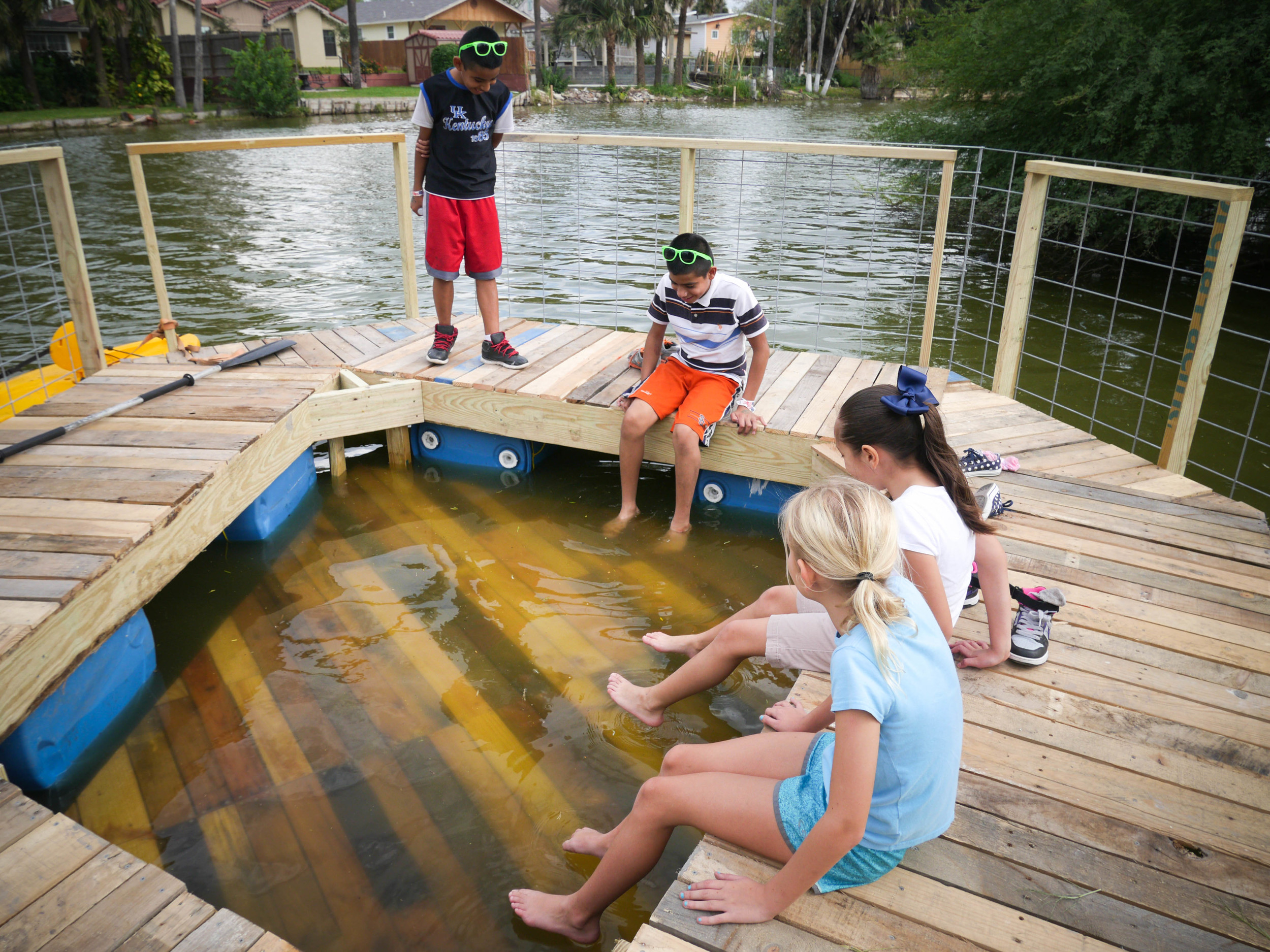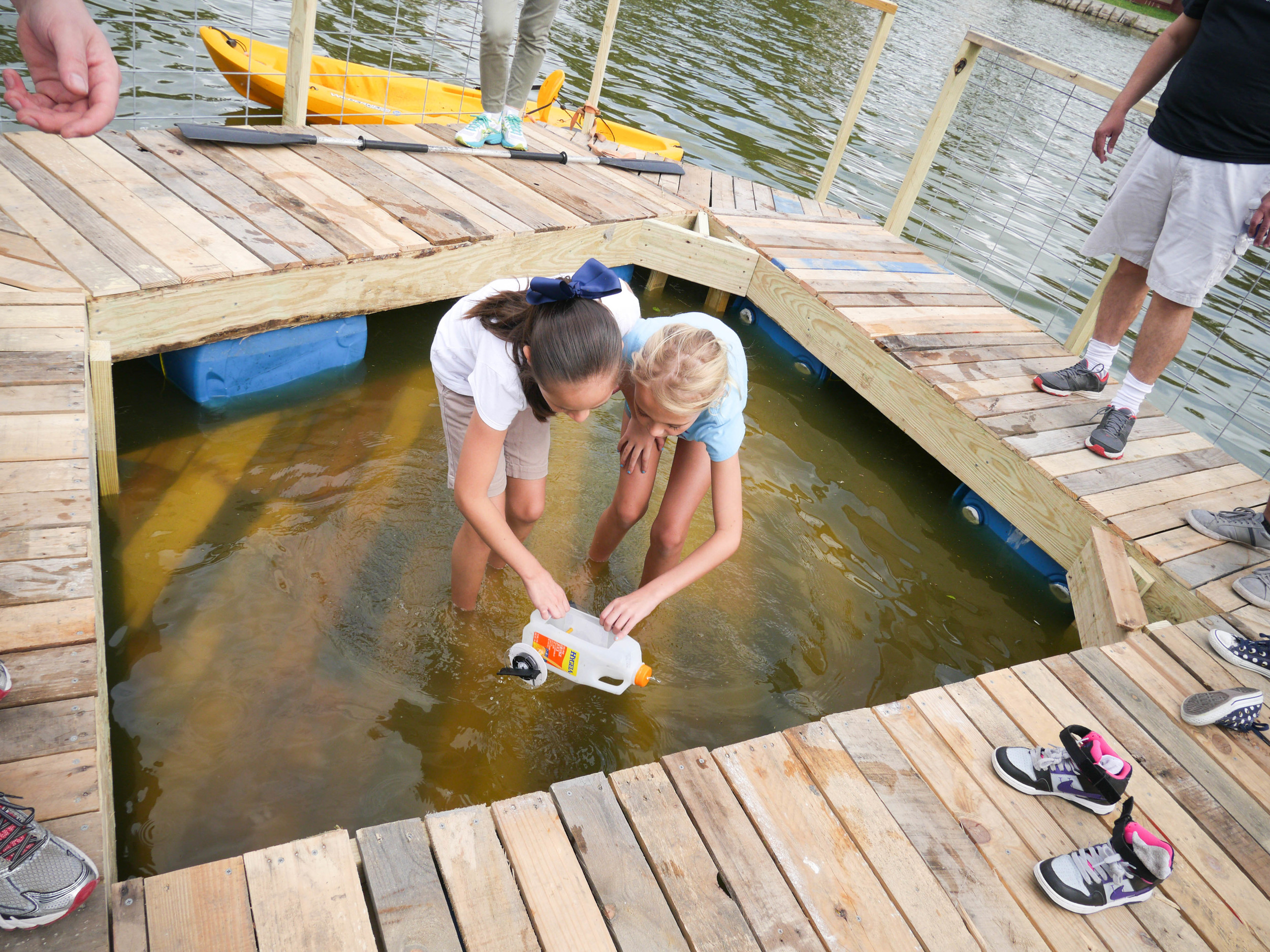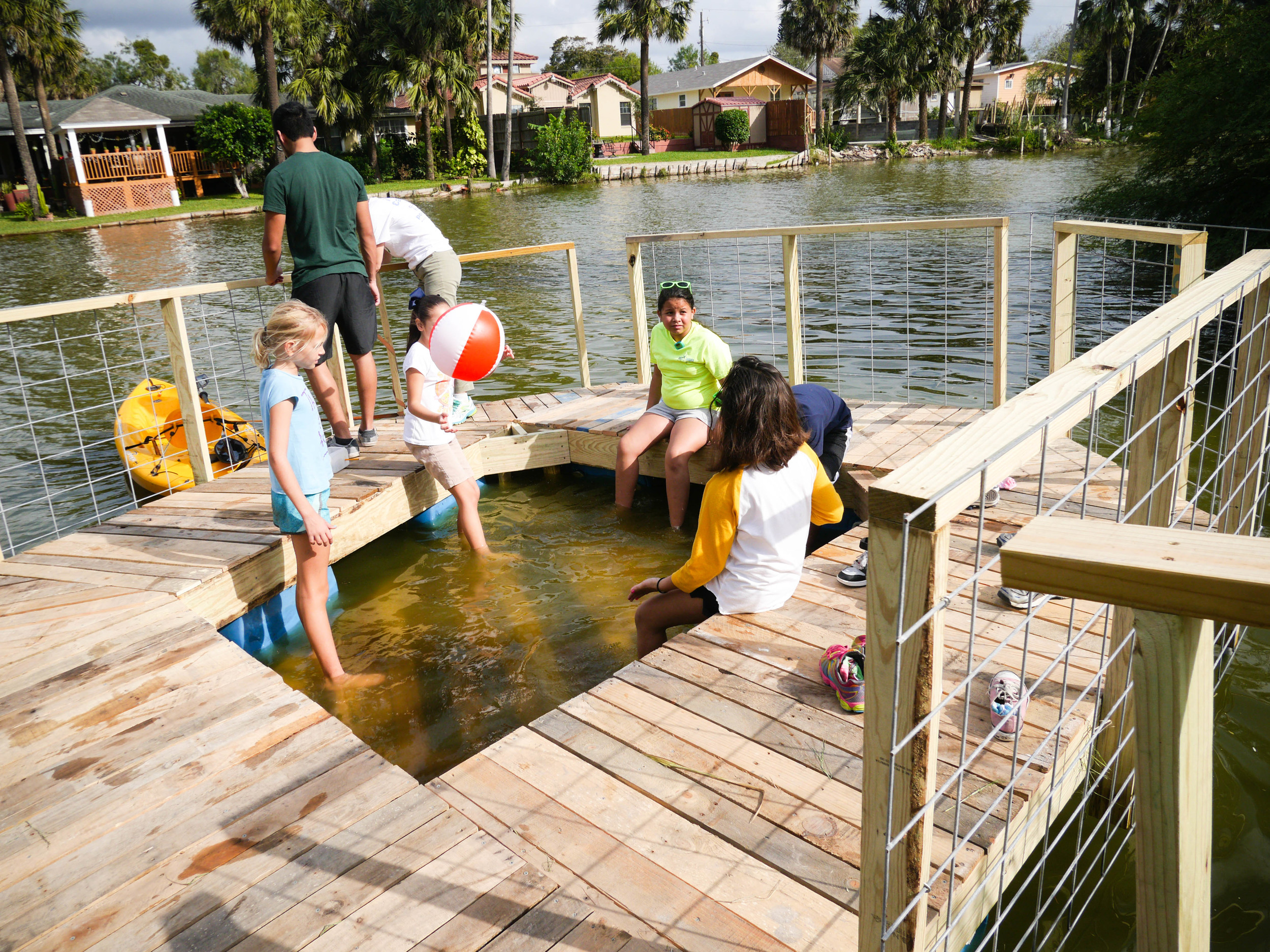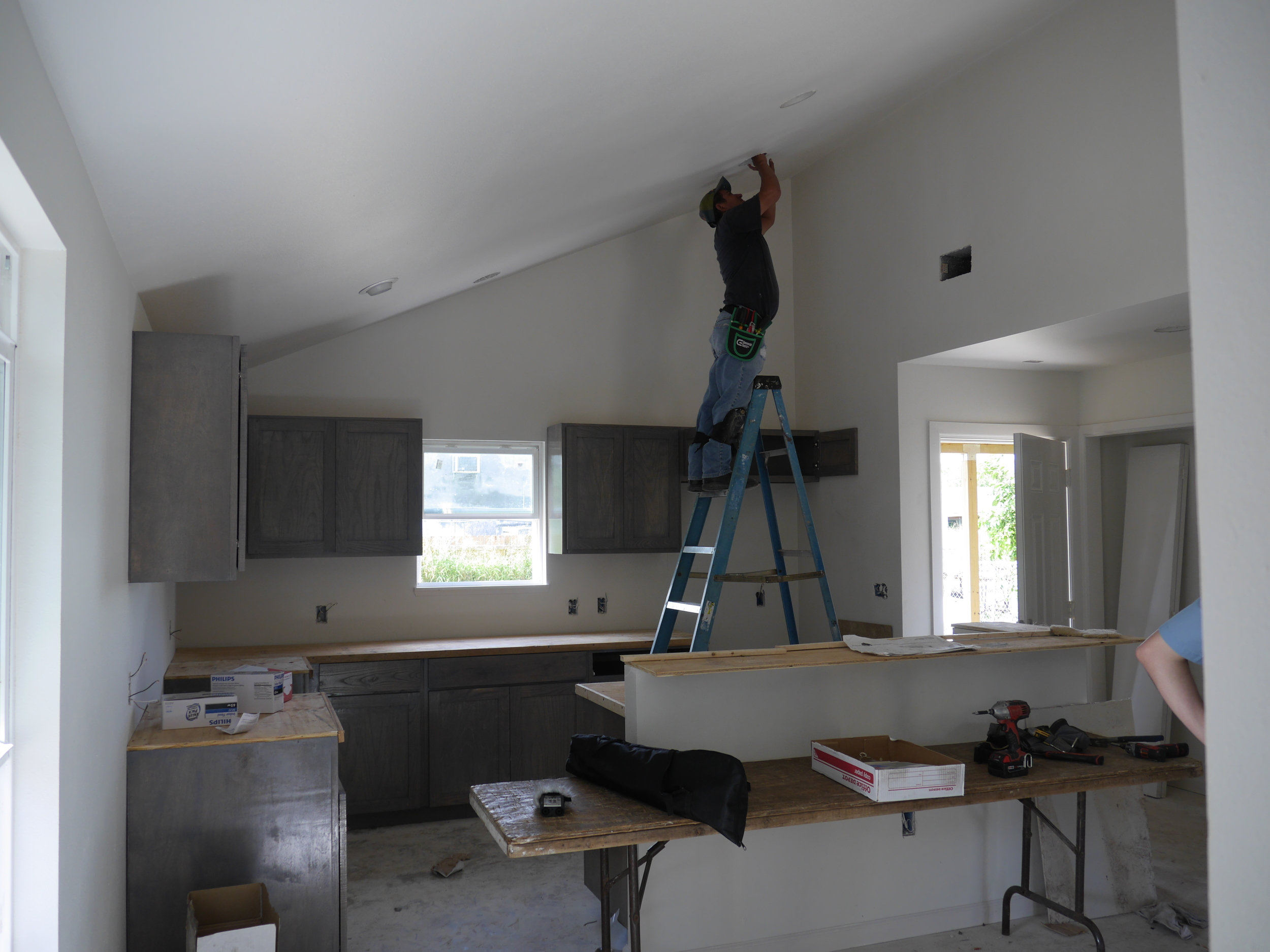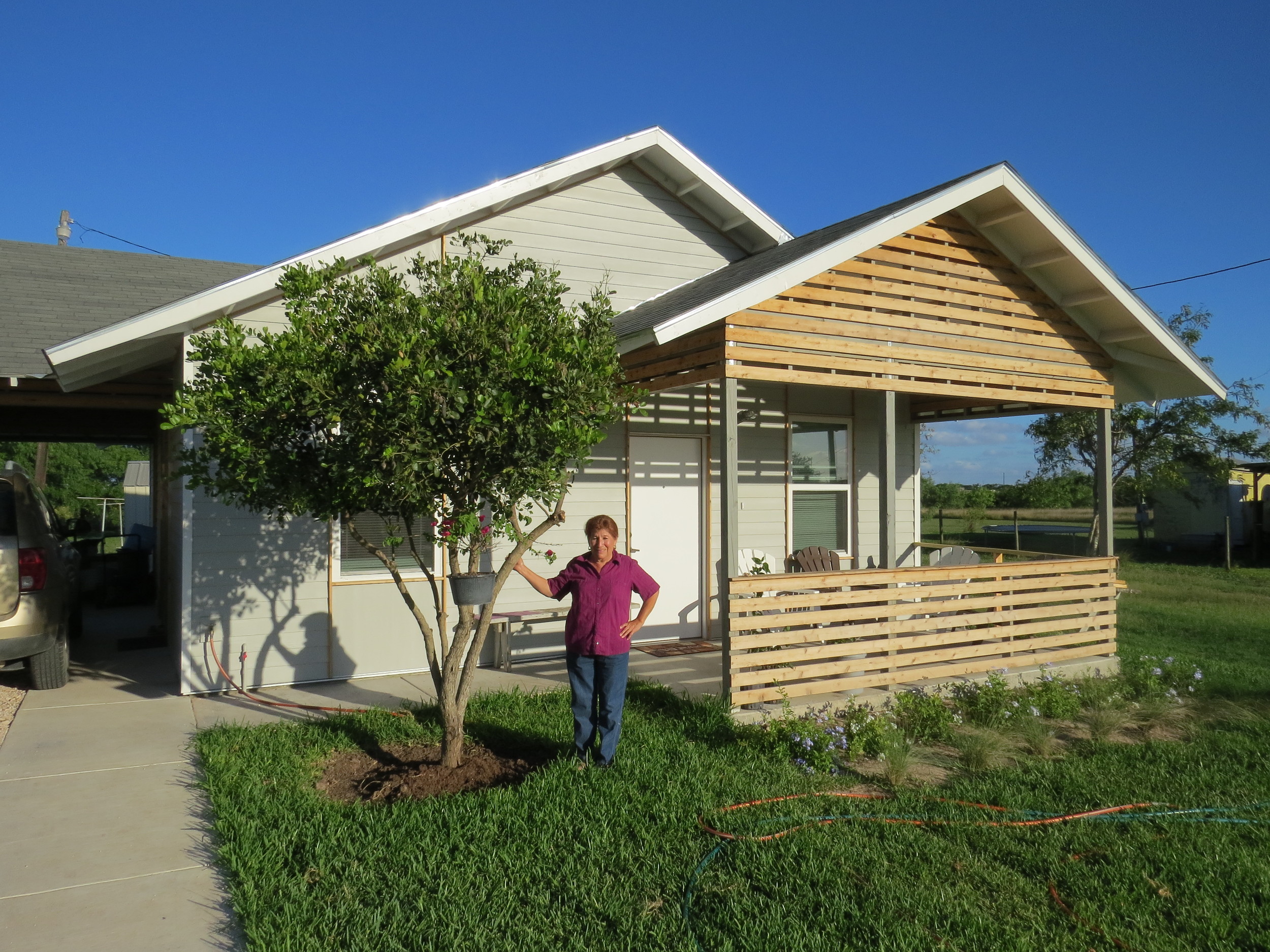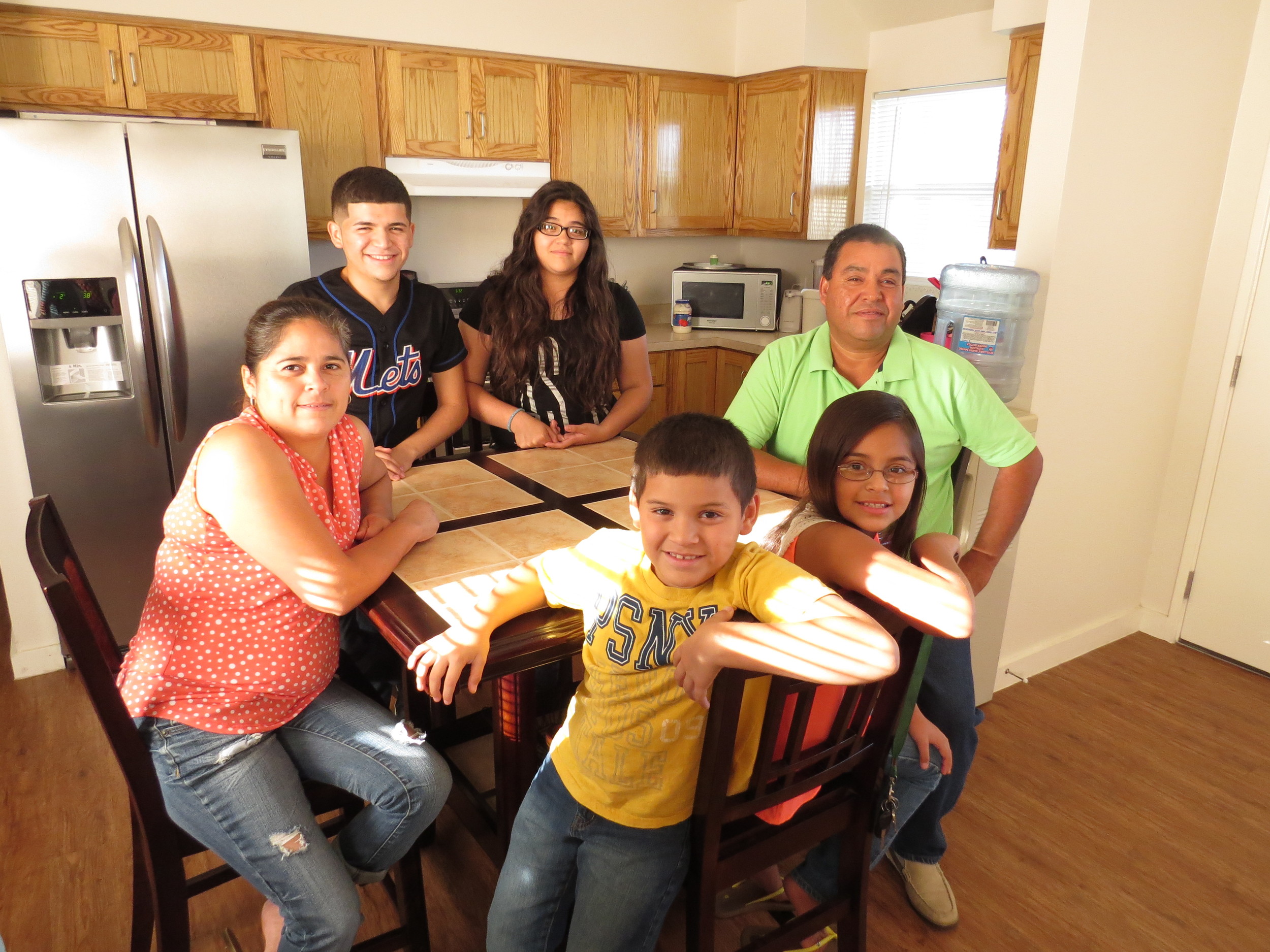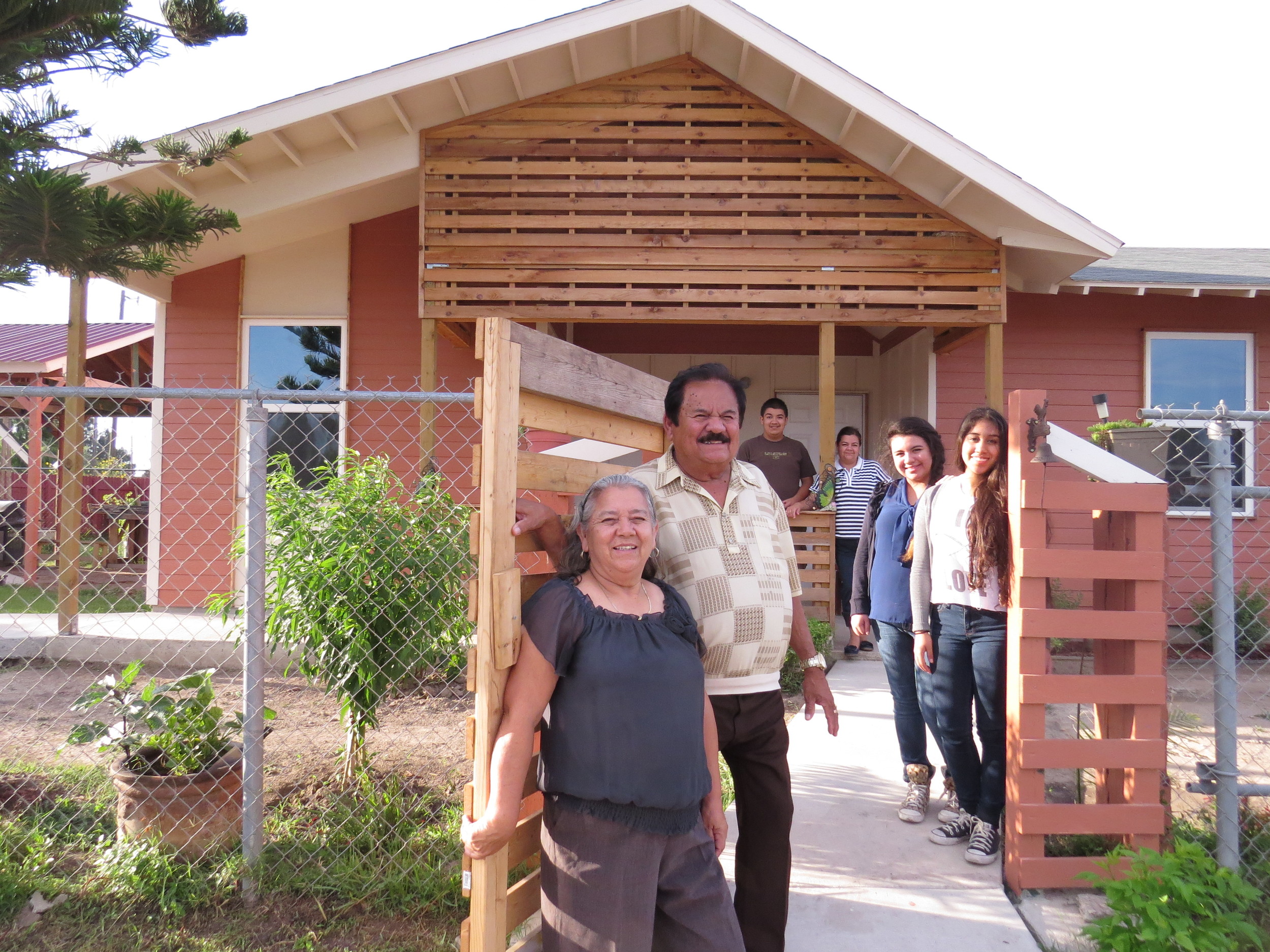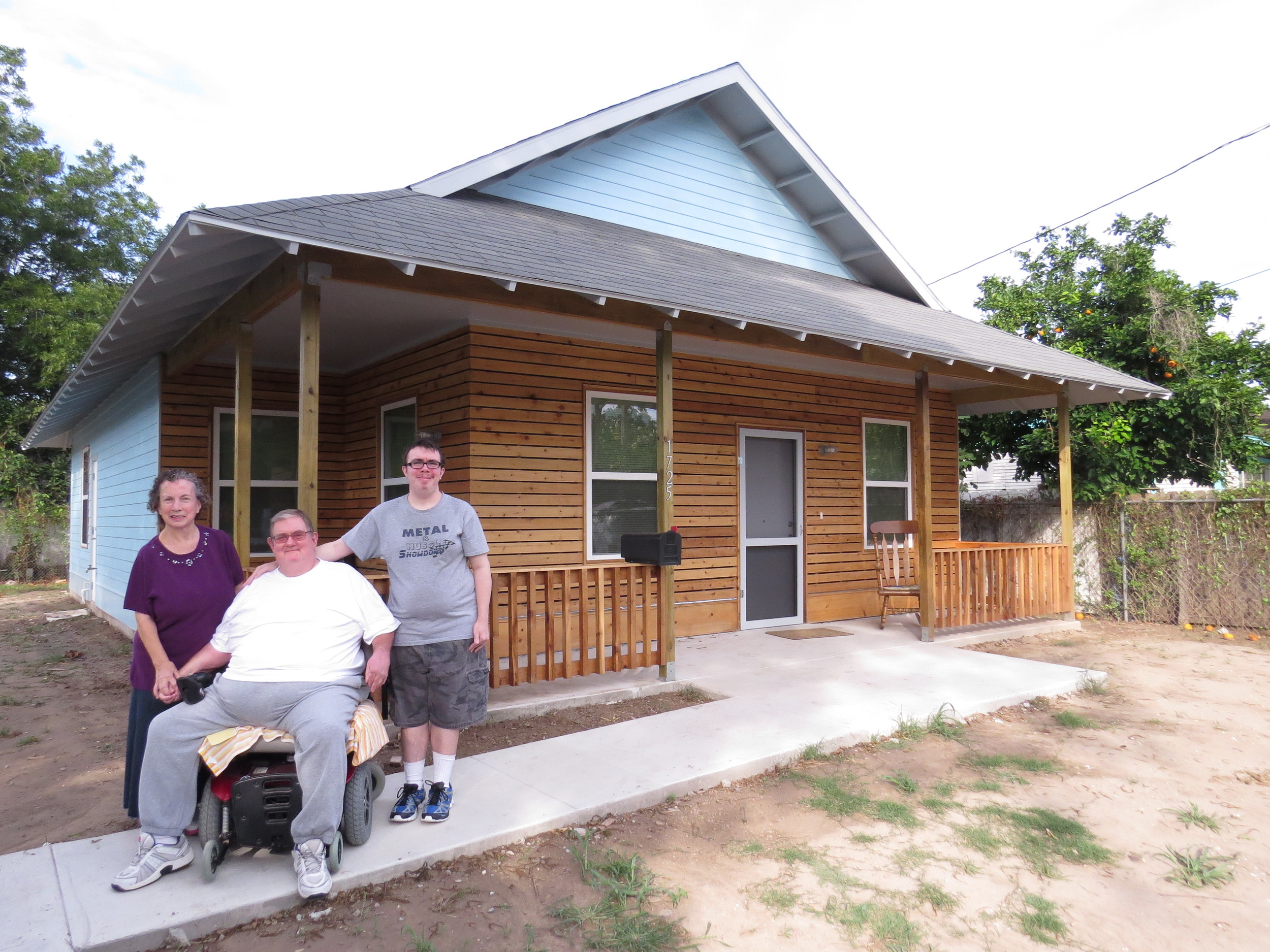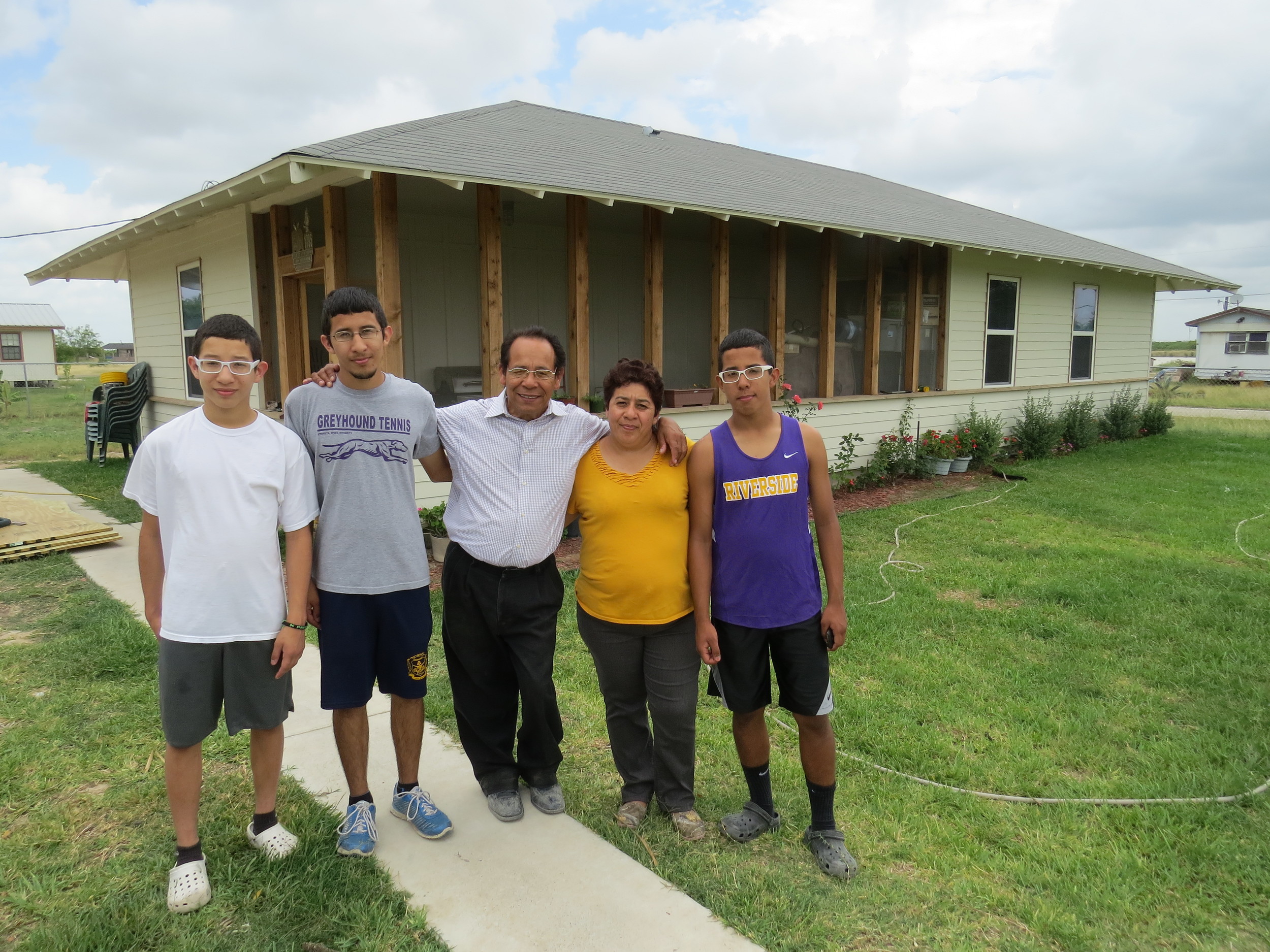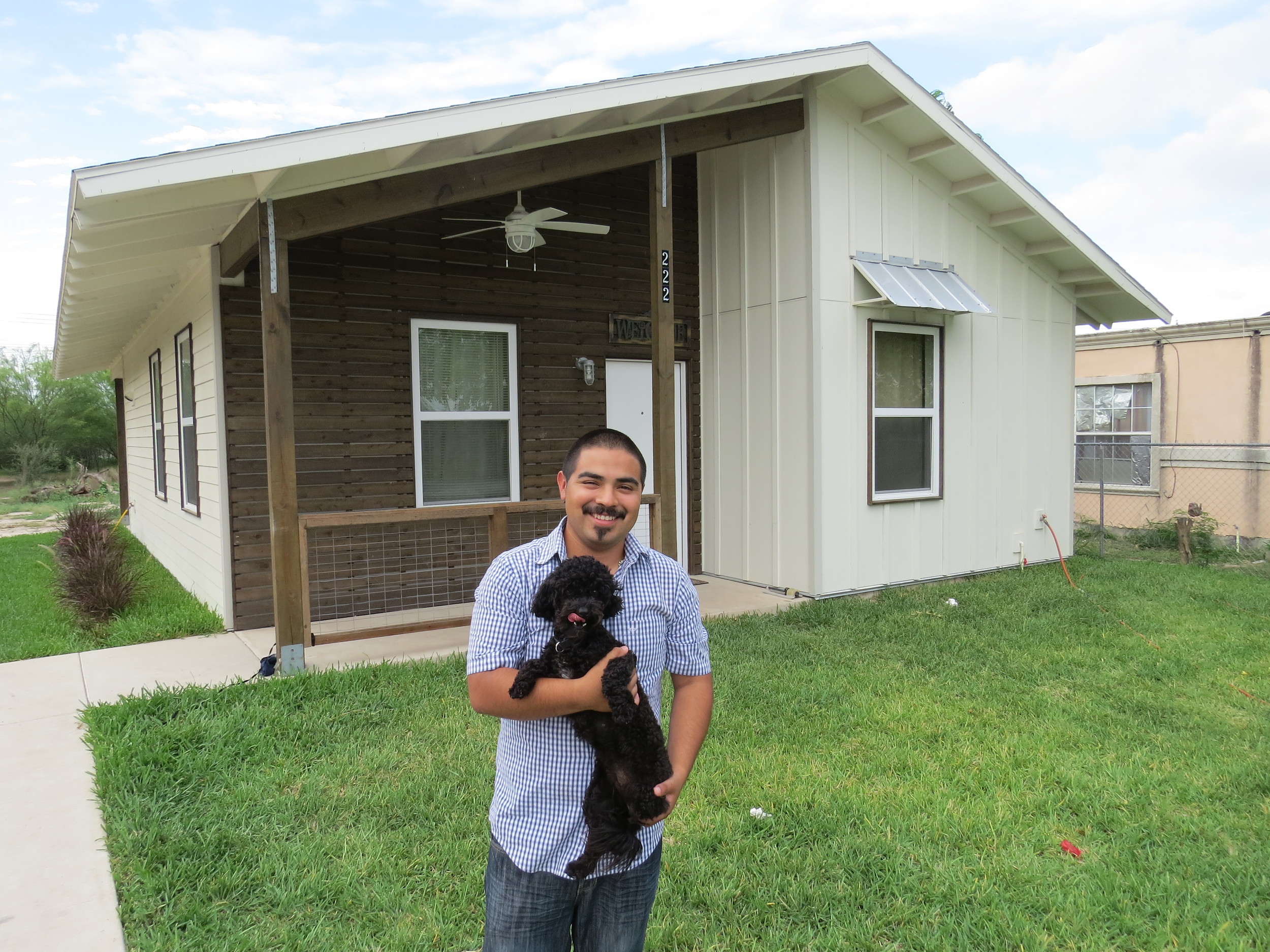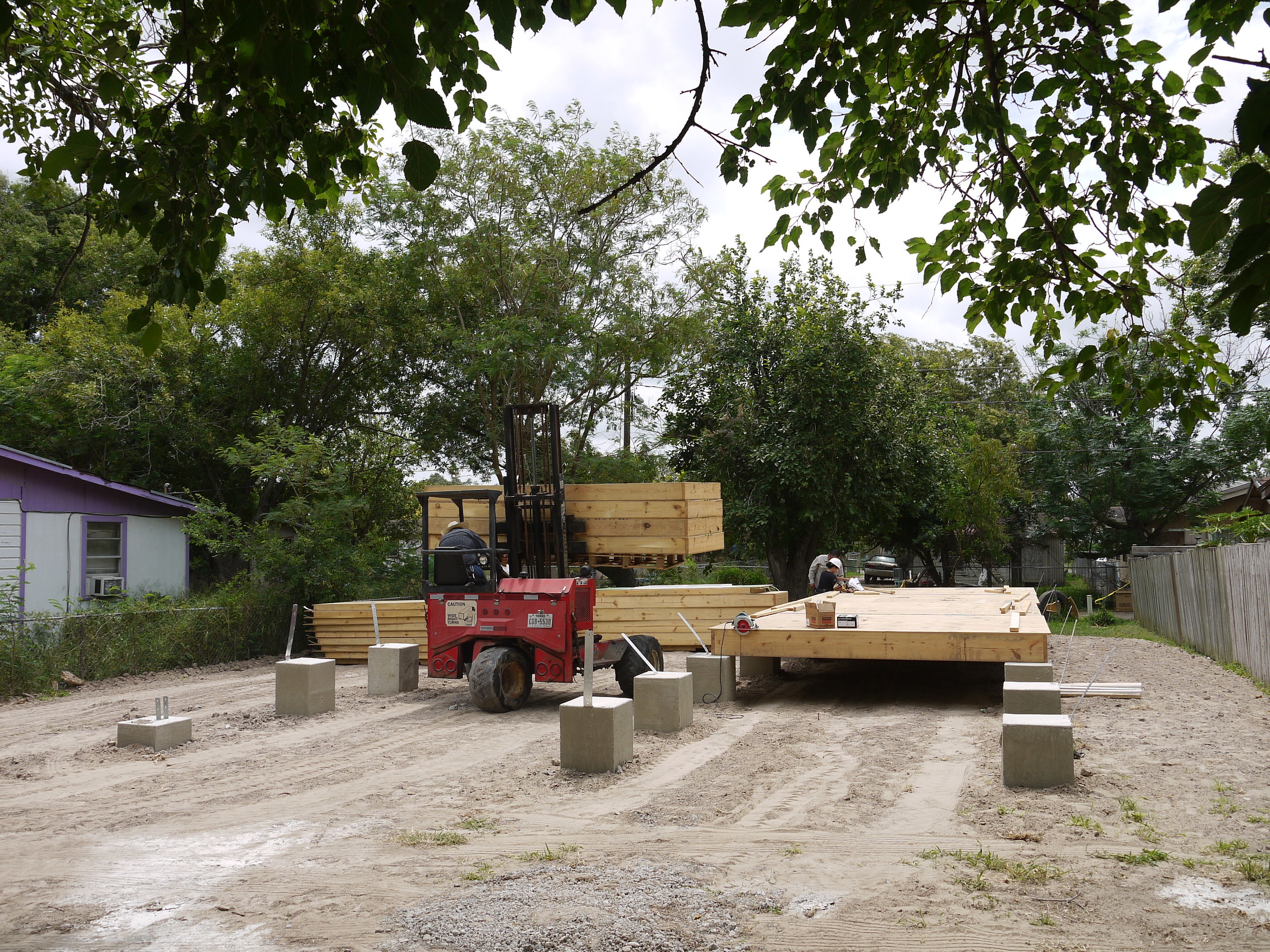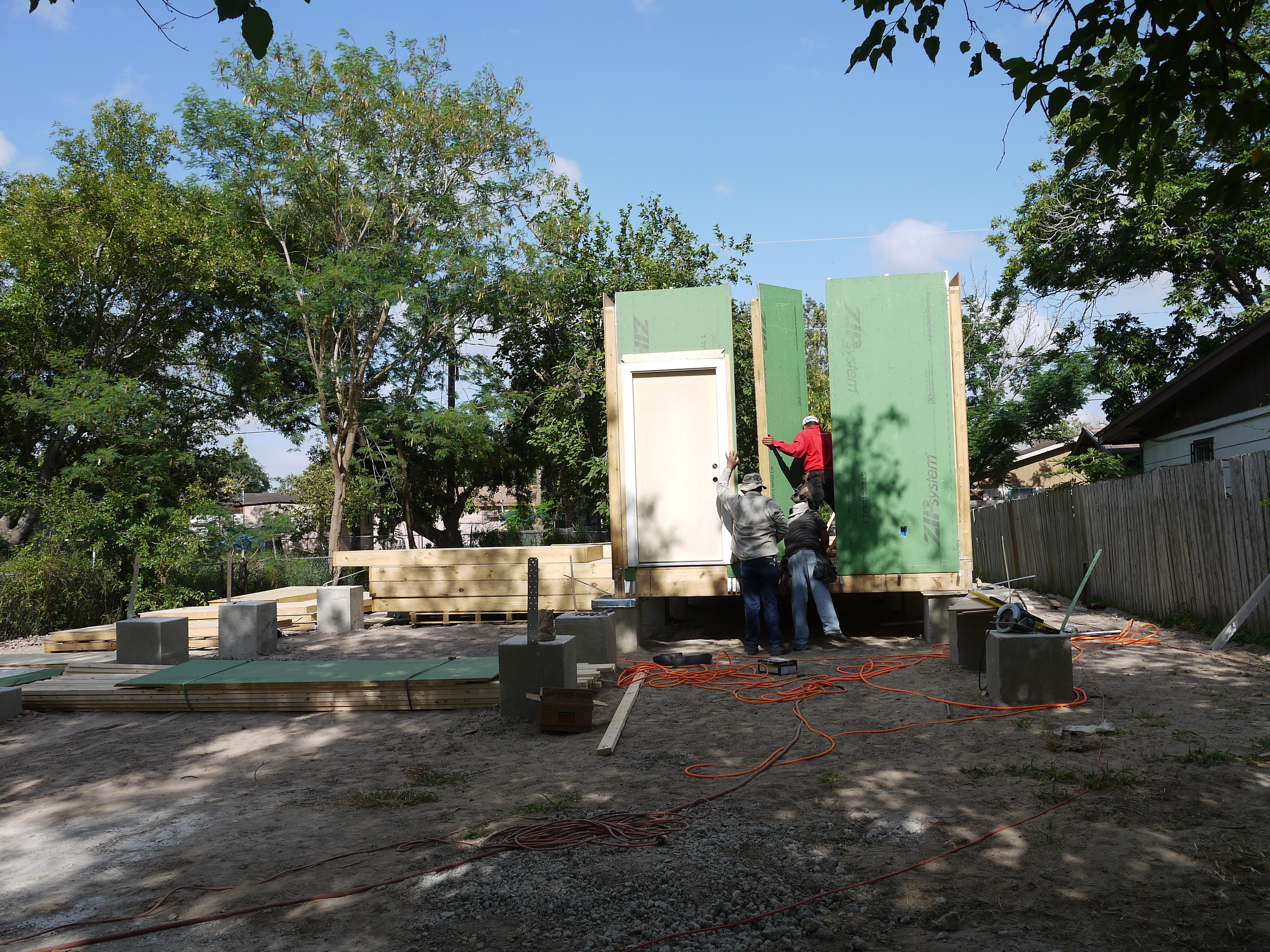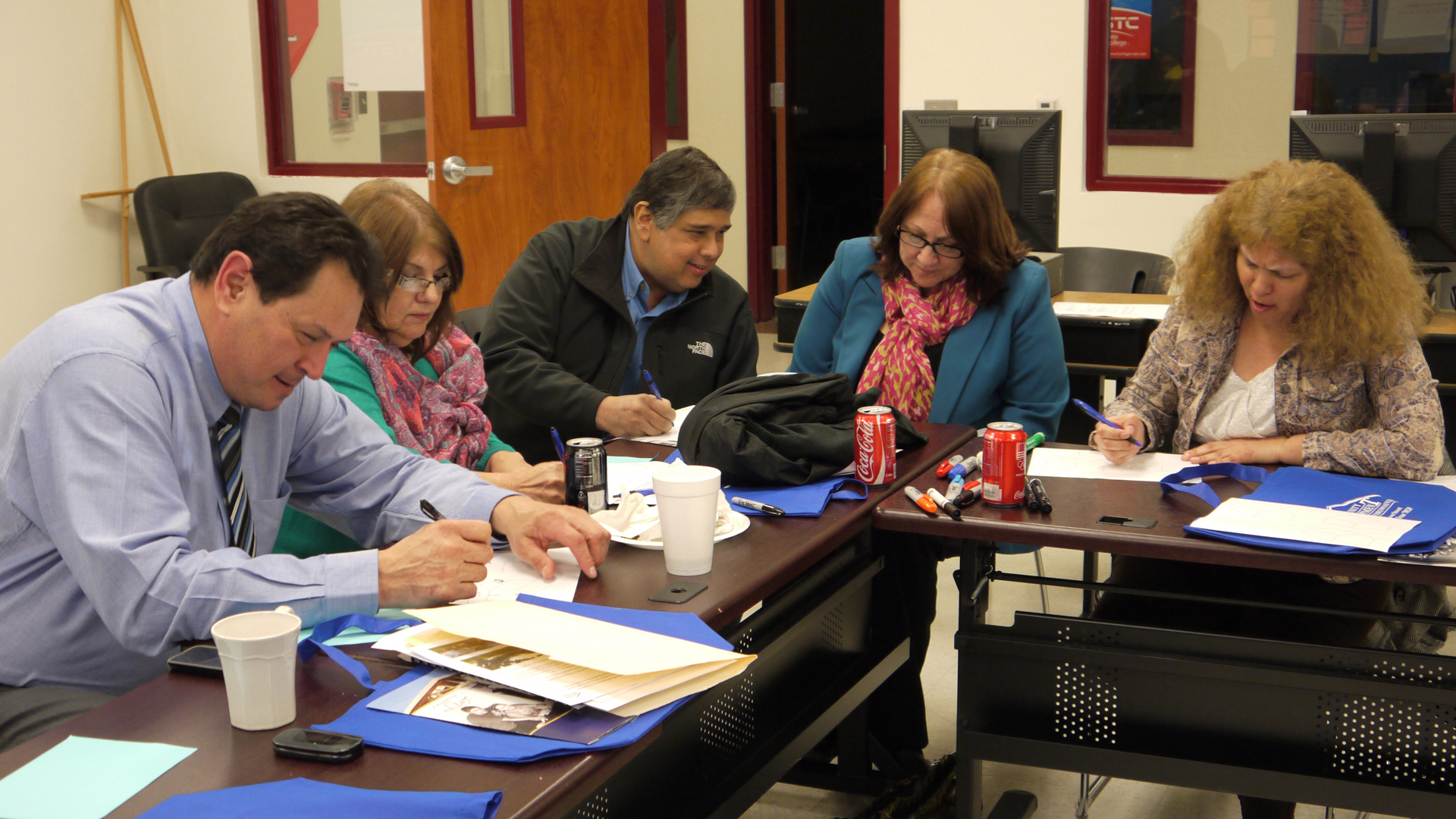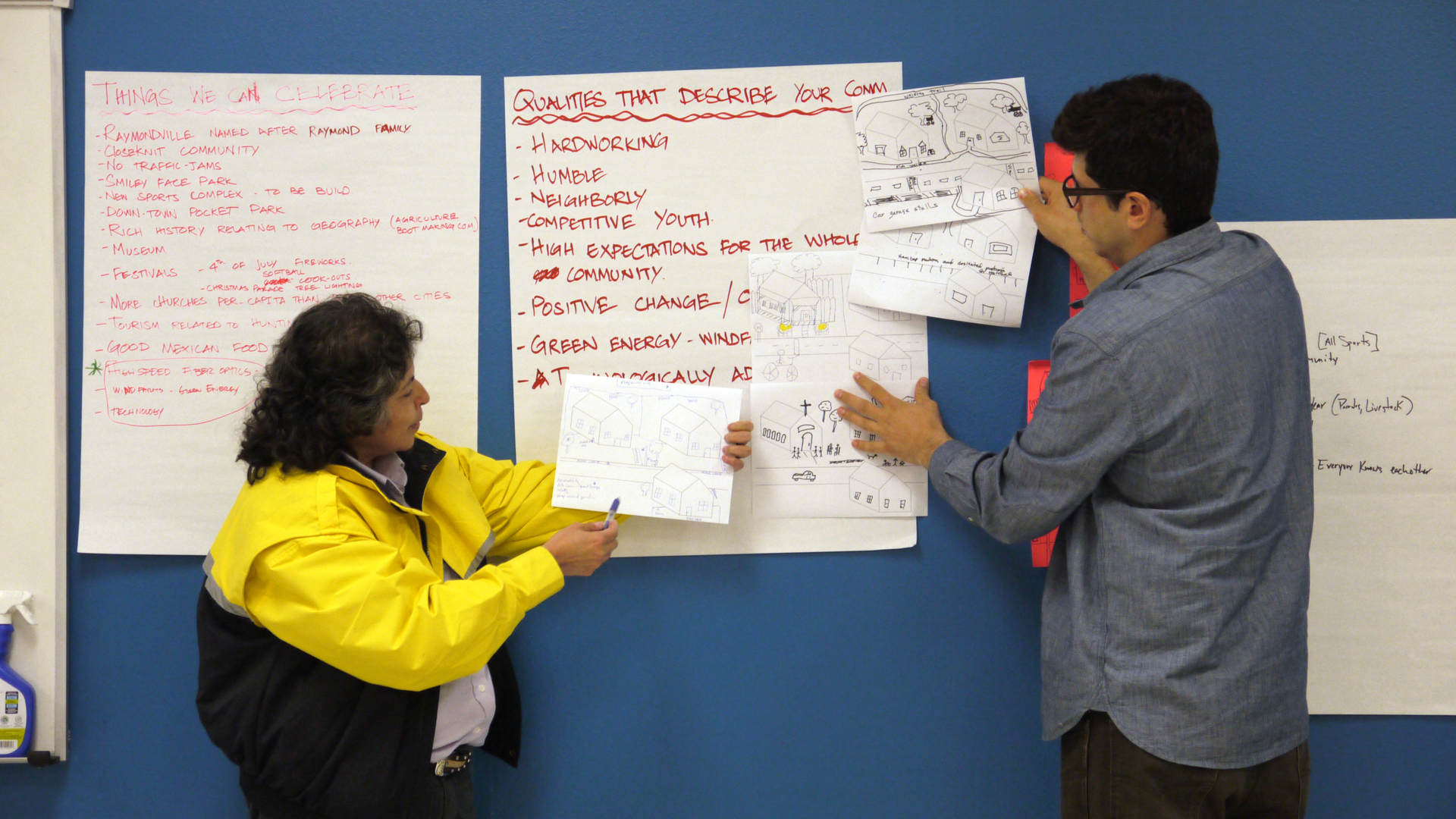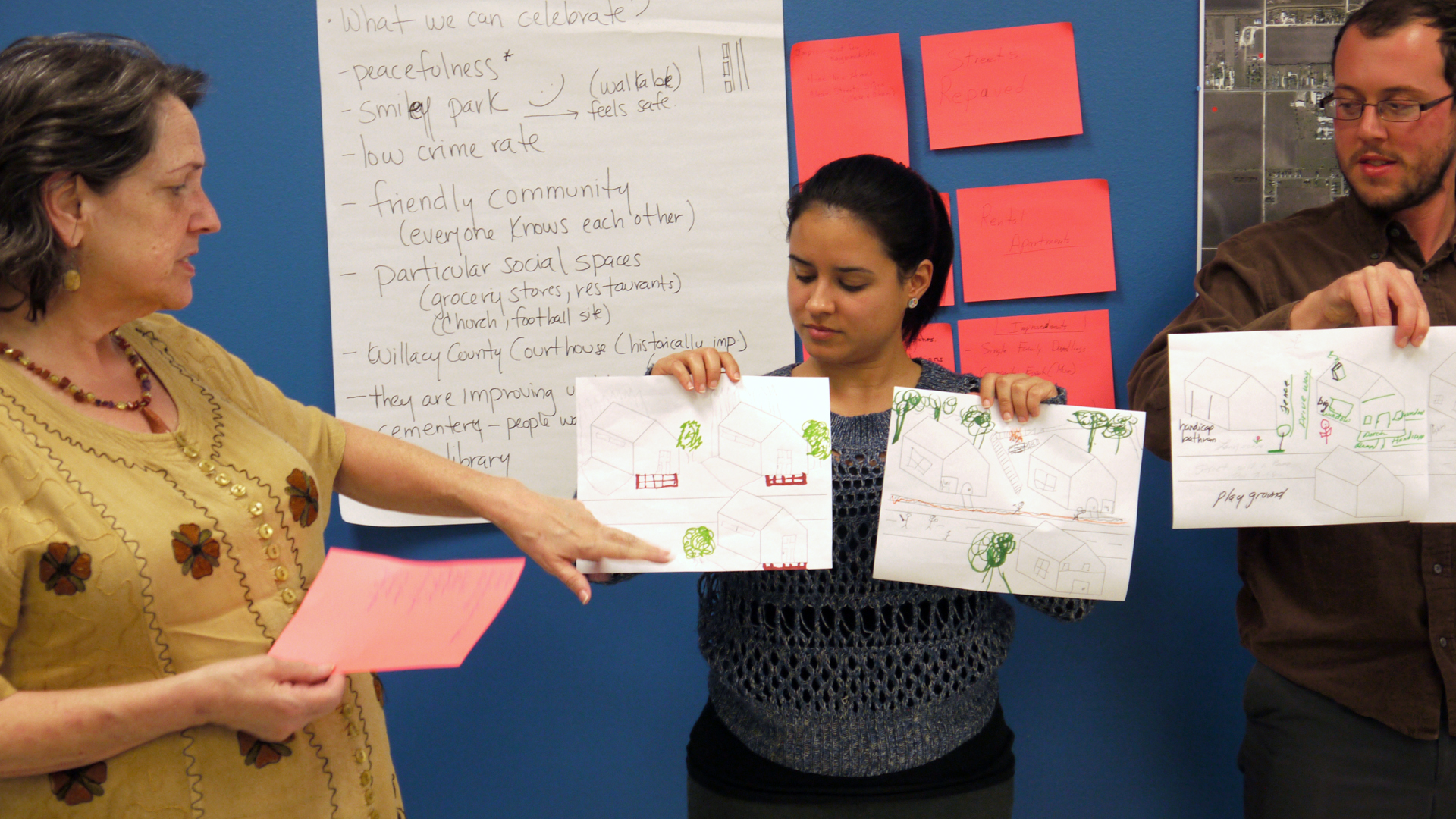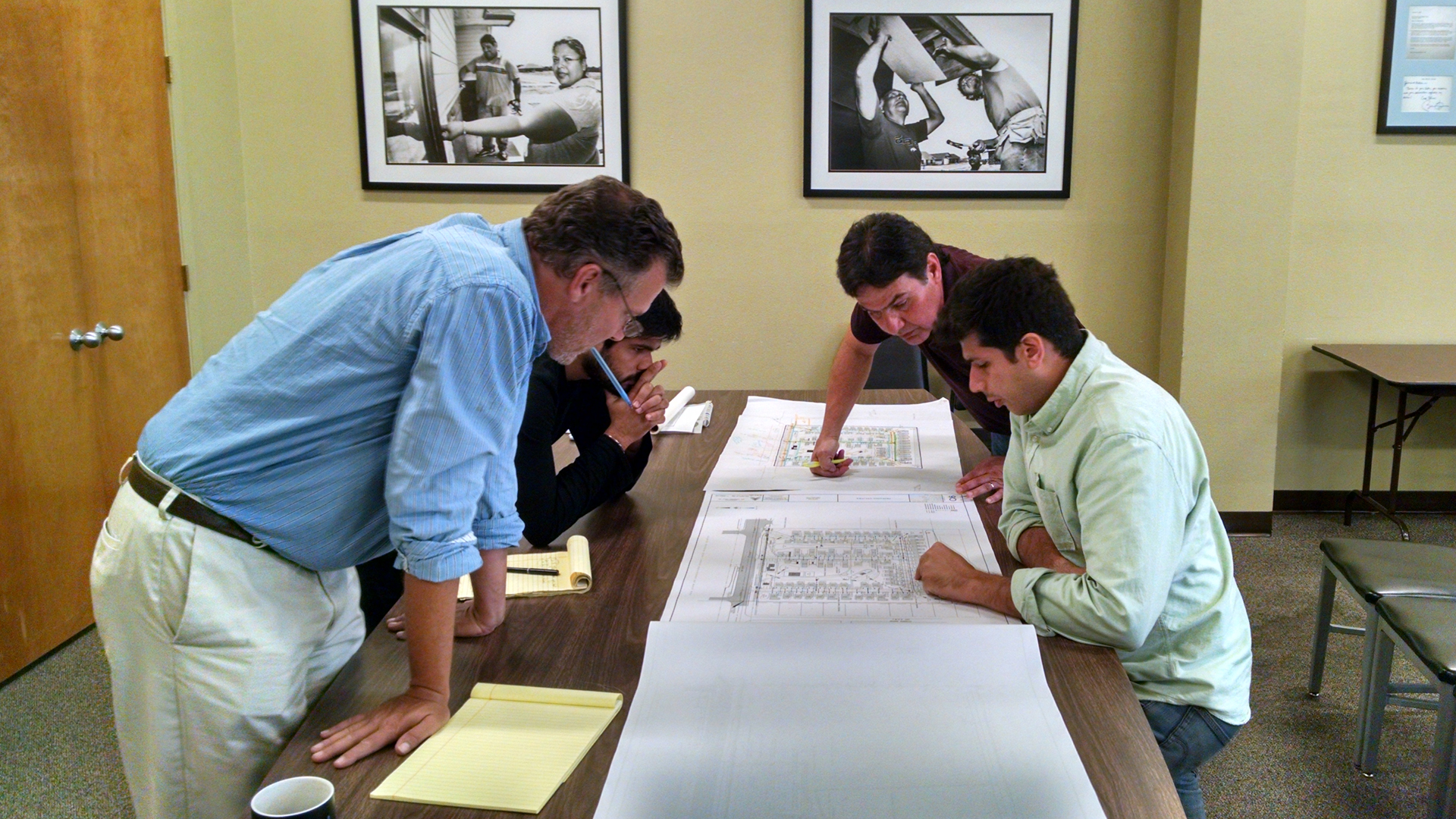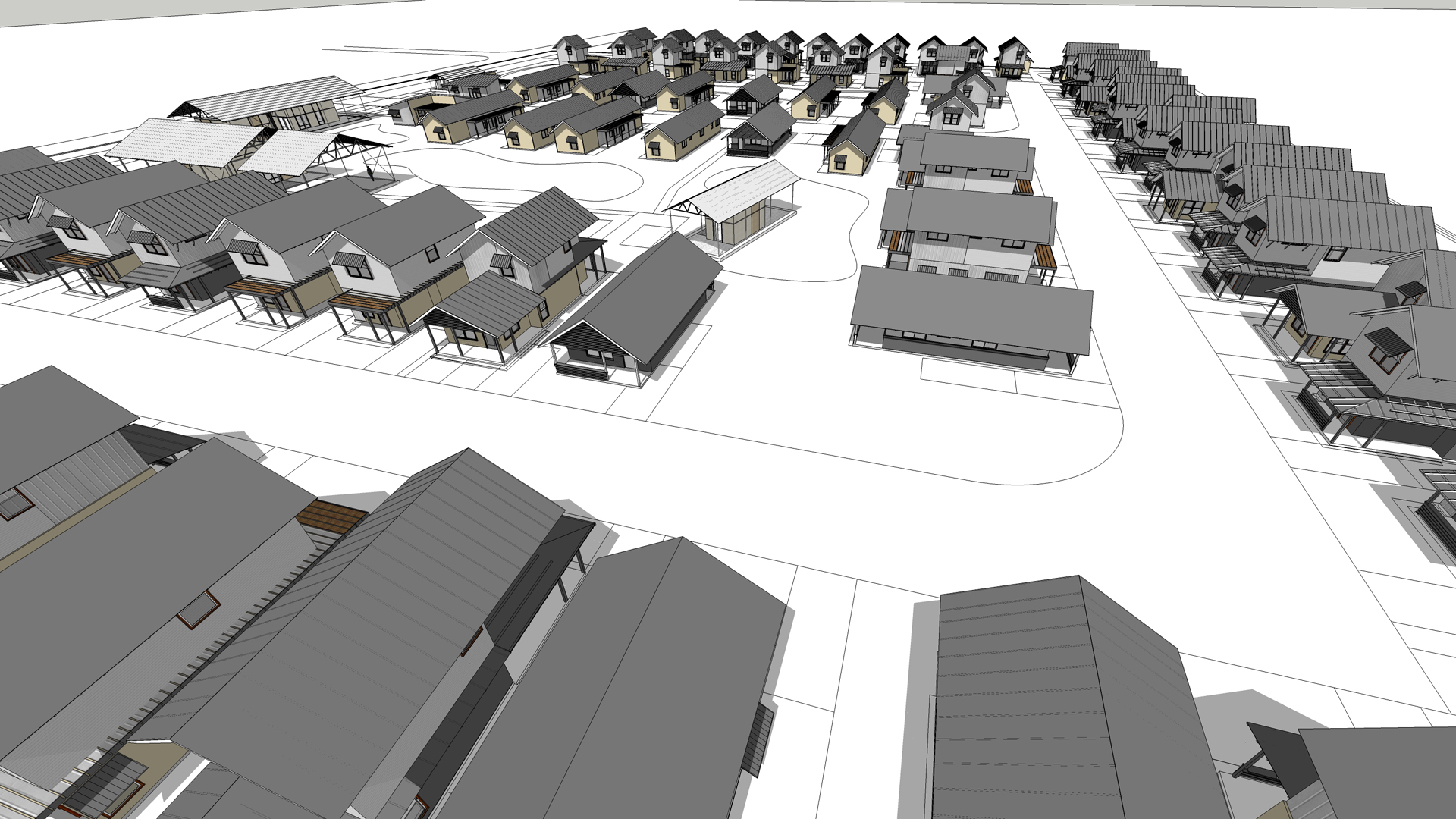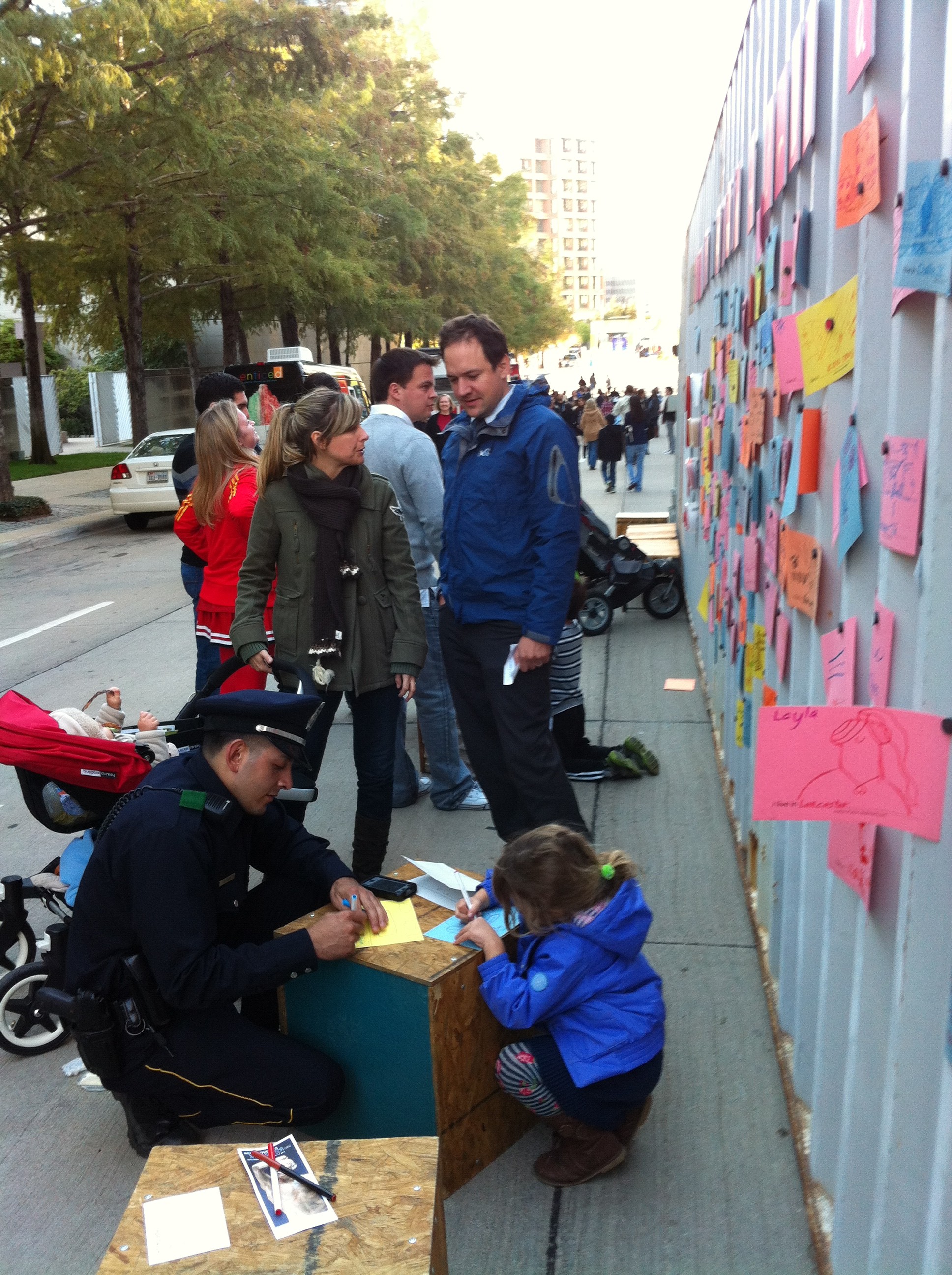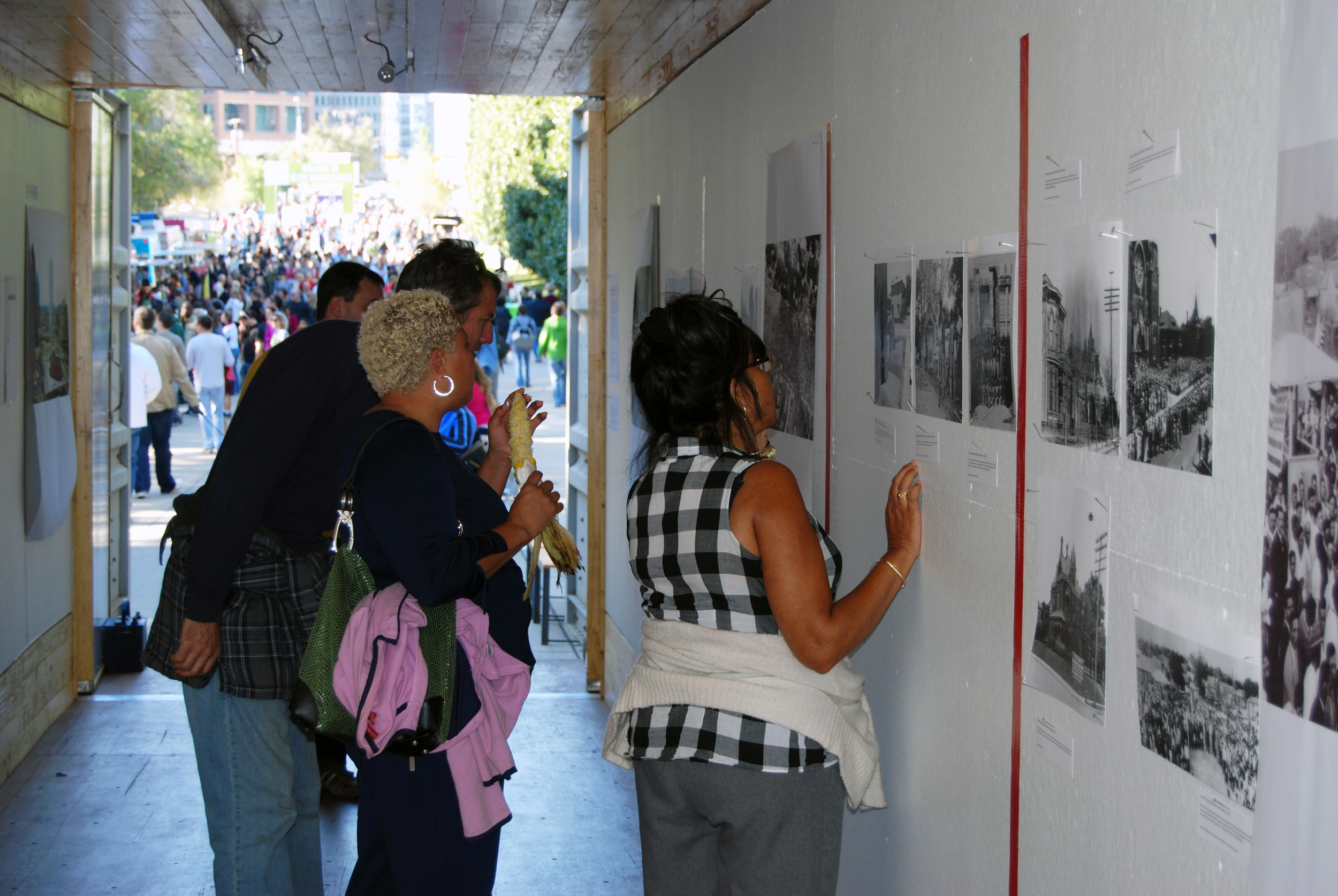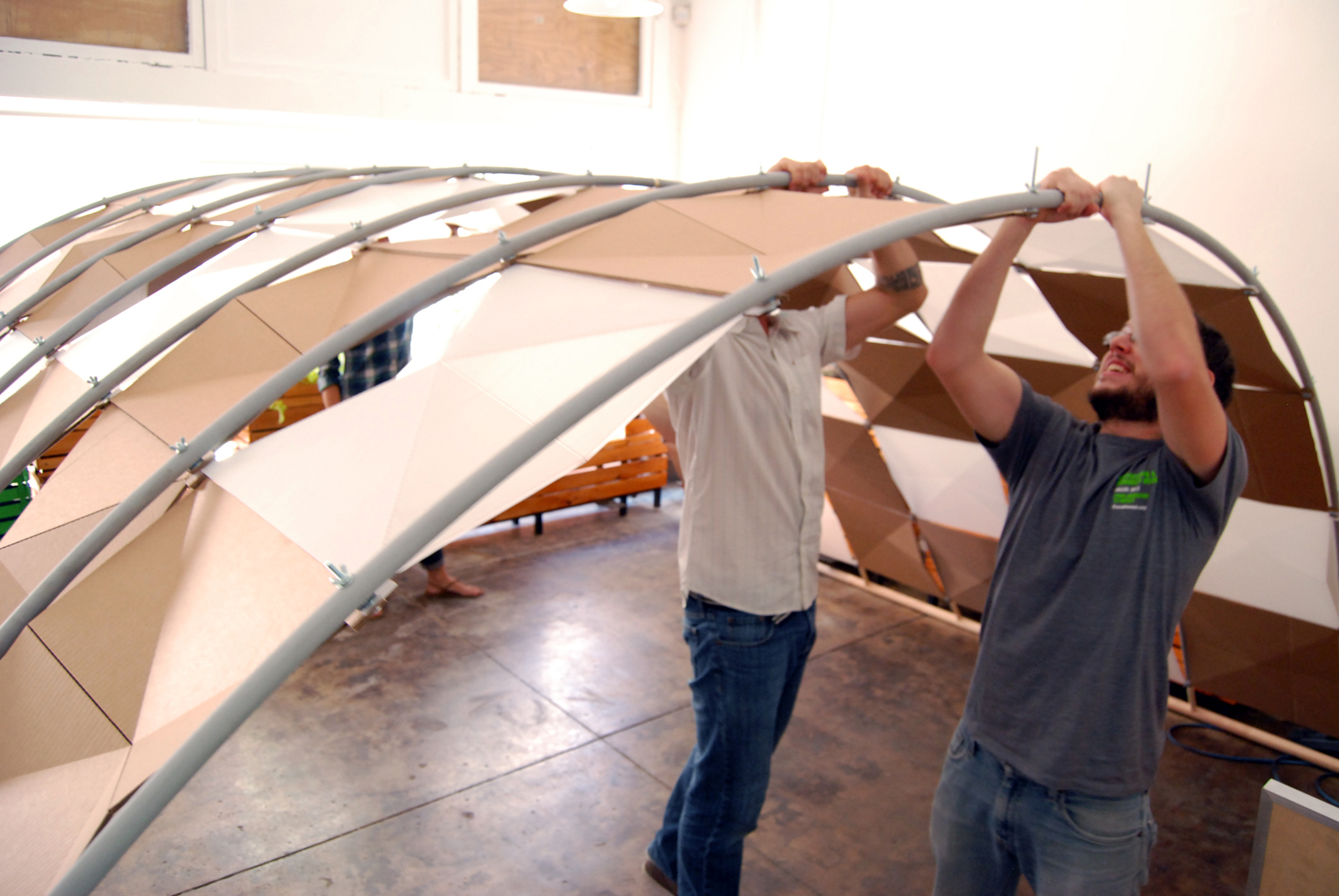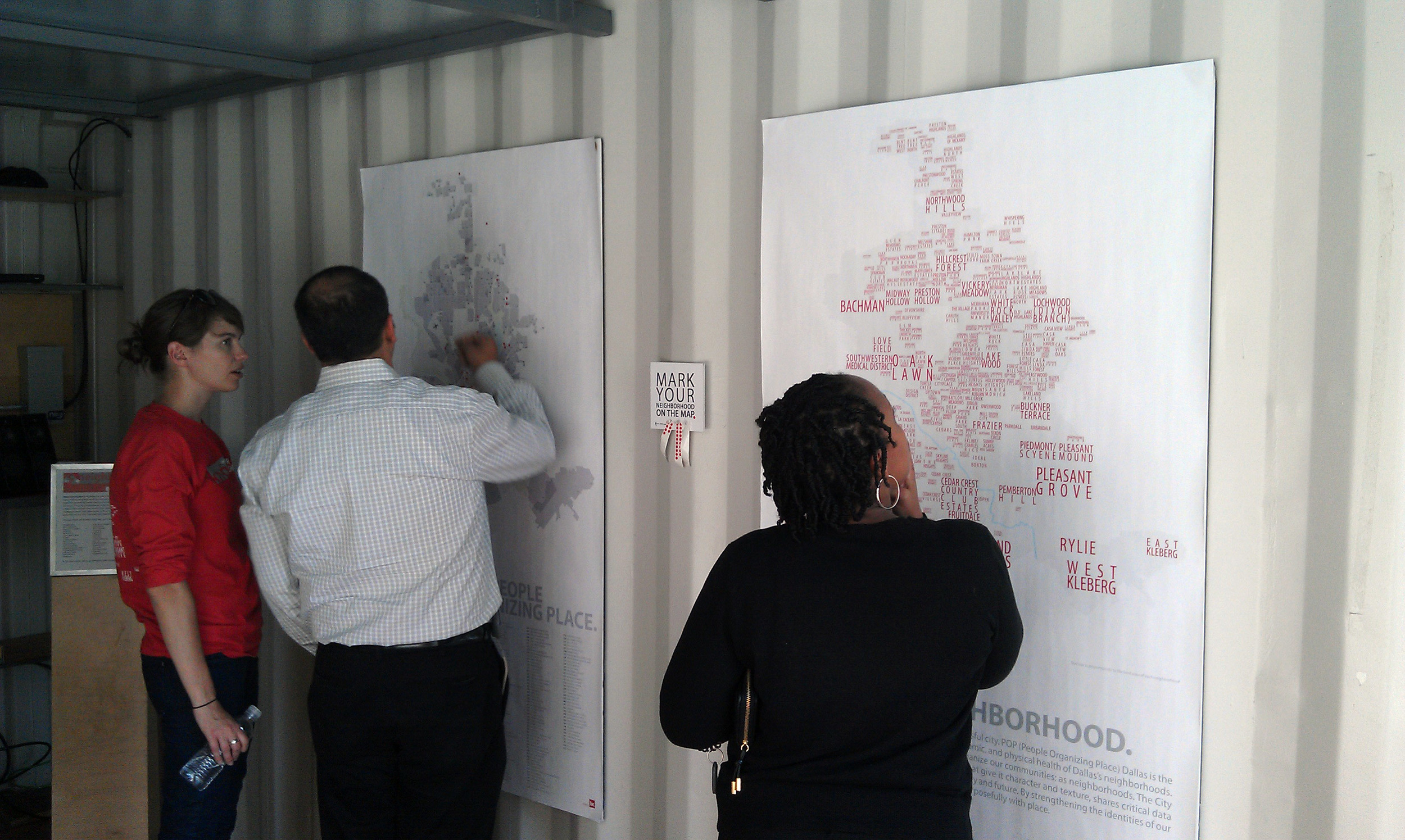Learn more about our work in the RGV!
As one of the many events along the Cyclobia route, the Resaca Raft and Regatta was an event set up to re-engage Brownsville residents with one of their most under-utilized natural resources, the resaca. Resacas are abandoned channels of the Rio Grande River that were left behind as centuries of silt build-up and flooding forced the river to jump its banks and find a new path. This pattern of natural erosion and sediment build-up has left Brownsville with a beautiful but neglected necklace of waterways that flow throughout the city.
For this event, [bc] completed a "resaca raft," a donut shaped floating platform with a submerged internal platform built from recycled lumber and plastic drums. The lowered platform and surrounding bench condition encouraged people to do one simple thing: get their feet wet! For nearly every resident that came to experience the raft, it was their first time floating, boating, or touching a resaca. Accompanying the raft was a series of educational signs, explaining the resaca's natural ecology, history, and what is next for the future of our resacas. Kids got involved by building their own plastic boats out of recycled materials.
Outside of the direct physical experience, [bc] wanted to give resaca raft users the opportunity to ask the question, "Why wait years for the multi-million dollar park construction that is planned along the resaca? Why not do something fun now?" It doesn't have to be expensive, and it doesn't have to take years to bring our underutilized urban spaces to life.
![[bc]](http://images.squarespace-cdn.com/content/v1/5248ebd5e4b0240948a6ceff/1412268209242-TTW0GOFNZPDW9PV7QFXD/bcW_square+big.jpg?format=1000w)
![[bc] team building the floating platform, using lumber and repurposed palettes.](https://images.squarespace-cdn.com/content/v1/5248ebd5e4b0240948a6ceff/1419004388042-H4F9NTQ5Y4LNU9BX28TG/1.jpg)

